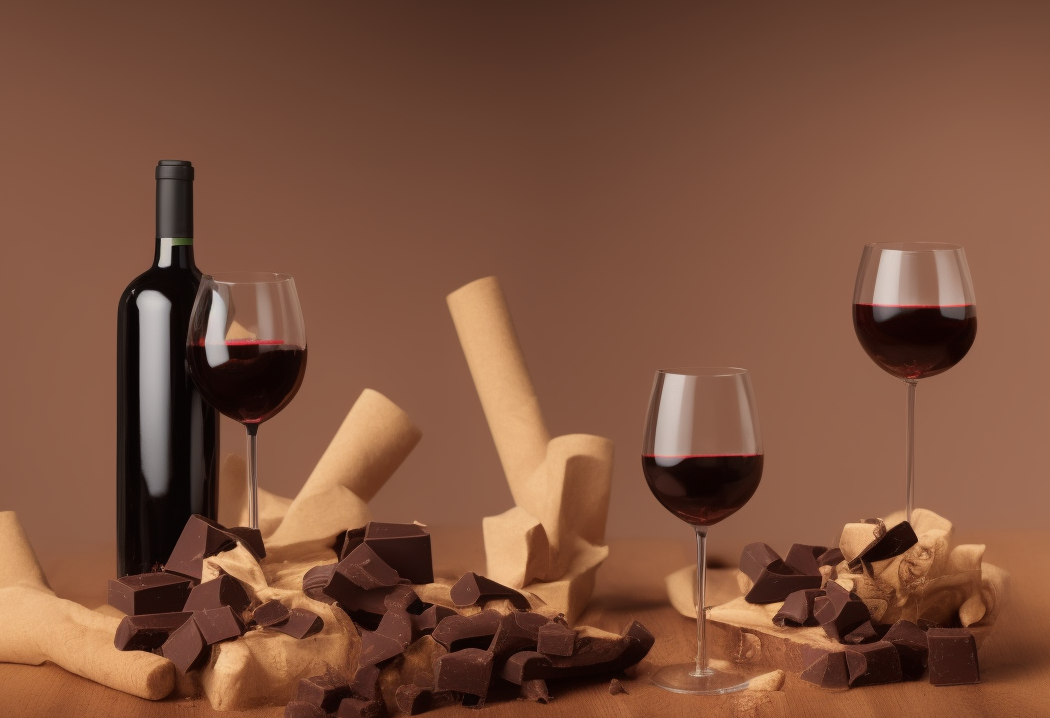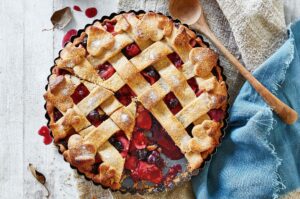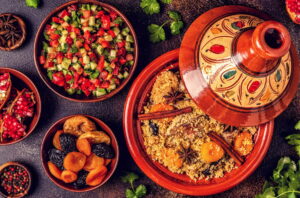
Wine has been a part of human culture and history for thousands of years. The evolution of wine production has resulted in a wide variety of flavors, aromas, and textures that can be enjoyed by wine enthusiasts around the world. Despite the many years of history, there is still much to explore and learn about the world of wine. From the basics of wine production to the nuances of wine lists and marketing, there is a vast array of knowledge to be gained. Fortunately, there are many resources available, including online wine education platforms like WSG Studio, that offer courses on various wine-related topics.
Understanding the different types of wine and their unique characteristics is essential for any wine enthusiast. There are several types of wine, including red, white, rosé, sparkling, and fortified wines, each with its distinct flavor profile. Wine tasting techniques are also crucial for appreciating the nuances of each wine. Techniques such as swirling, sniffing, and sipping can help identify the various flavors and aromas present in the wine.
Pairing wine with food can elevate the dining experience and create a harmonious balance of flavors. However, finding the perfect pairing can be a daunting task. Several factors come into play when pairing wine with food, including the acidity, sweetness, and intensity of both the wine and the dish. It is essential to understand the basic principles of food and wine pairing to create a successful match. Resources like the Ultimate Guide to Food and Wine Pairing can provide guidance on how to create your own pairings.
Understanding wine pairing basics
Pairing wine with food can be a transformative experience, elevating a good meal to an amazing one. Understanding the basics of wine pairing is essential for anyone who wants to fully enjoy the flavors of their food and wine. The key to successful wine pairing is to find a balance between the flavors of the food and the wine. Drinking the wine you enjoy with the food you’ve chosen is rule number one, as it validates the “no fuss, drink up” attitude. This guide will take you through the basics of wine pairing and provide tips on how to create complementary and contrasting pairings that bring out the best in both the food and wine.
Complementary and contrasting pairings are two basic approaches to wine pairing. In a complementary pairing, the wine and food complement each other’s flavors, creating a harmonious balance. For example, a rich, full-bodied red wine pairs well with a hearty beef stew. In a contrasting pairing, the wine and food contrast each other’s flavors, creating a balance by contrasting tastes and flavors. For example, a crisp white wine pairs well with a creamy pasta dish. Identifying the dominant character in the dish, such as the sauce or cooking method, is critical to fine-tuning wine pairings.
Several factors can affect wine pairing, including the acidity, tannins, and sweetness of the wine, as well as the flavor and texture of the food. Wines with high acidity, such as Sauvignon Blanc, pair well with fatty foods, while tannic red wines, such as Cabernet Sauvignon, pair well with rich, meaty dishes. Sparkling wine is a versatile pairing that works well with a wide range of foods, while sweet wines pair well with desserts. Exploring the world of wine and food pairings is part of the fun, and with a little knowledge and experimentation, anyone can create their own perfect pairings.
Wine pairing tips for different types of meals
Wine pairing is an art that can elevate any meal to new heights. When it comes to breakfast and brunch, many people opt for cocktails like mimosas or bloody marys, but wine can be just as delicious. In fact, there are many wines that pair well with breakfast and brunch, such as sparkling wines, light-bodied whites, and rosés. A guide by VinePair offers 16 different wines that can be paired with breakfast and brunch, including Prosecco, Sauvignon Blanc, and Pinot Noir. For those looking for specific pairings, a guide by Food & Wine suggests pairing a sparkling wine with eggs benedict, a rosé with smoked salmon, and a light-bodied white with a fruit salad.

Wine pairing for lunch and light meals can be just as enjoyable as pairing for dinner. When it comes to lighter fare, such as salads or sandwiches, a crisp white wine or light-bodied red can be a great choice. A guide by Wine Enthusiast suggests pairing a Greek salad with a Sauvignon Blanc and a turkey sandwich with a Pinot Noir. For those looking for a more comprehensive guide, Wine Folly offers an easy-to-use wine pairing chart that includes recommendations for a variety of foods, from sushi to pizza.
When it comes to pairing wine with dinner, the options are endless. Heavier meals, such as steak or pasta with a rich sauce, can be paired with full-bodied red wines like Cabernet Sauvignon or Syrah. A guide by Wine Country offers specific pairings for various types of cuisine, such as pairing a Chardonnay with seafood or a Zinfandel with barbecue. However, it’s important to remember that the first rule of wine and food pairings is to drink the wine you enjoy with the food you’ve chosen. So, don’t be afraid to experiment and find your own perfect pairing.
Special considerations for wine and food pairing
Pairing wine with spicy foods can be a challenge, as the heat of the food can easily overpower the flavor of the wine. However, there are some great wine options that can complement spicy dishes. A seasoned sommelier and certified spice lover recommends pairing Cabernet Sauvignon with goat curry, as the bold flavor of the wine can stand up to the heat of the curry. Other red wines with bold flavors, such as Syrah or Zinfandel, can also pair well with spicy foods. When pairing wine with spicy cuisine, it is important to consider the intensity of the spice and choose a wine with enough weight and boldness to stand up to it.
Pairing wine with desserts can be a delightful experience, as the sweetness of the dessert can complement and enhance the flavors of the wine. When pairing wine with dessert, it is important to consider the intensity of the sweetness in both the wine and the dessert. For example, a sweet dessert like chocolate cake pairs well with a full-bodied, sweet red wine like Port. Similarly, a light dessert like fruit sorbet can be paired with a crisp, acidic white wine like Riesling. When pairing wine with dessert, it is important to consider the weight, acidity, and boldness of flavor of both the wine and the dessert.

For those who prefer non-alcoholic options, there are also options for wine and food pairing. Non-alcoholic wines like Starla can be paired with food just like alcoholic wines, enhancing the flavors of the meal. Additionally, many fine-dining restaurants now offer carefully crafted zero-proof pairings that can offer a unique and exciting culinary experience. When pairing non-alcoholic wines with food, it is important to consider the same factors as with alcoholic wines, such as weight, acidity, and flavor intensity.






